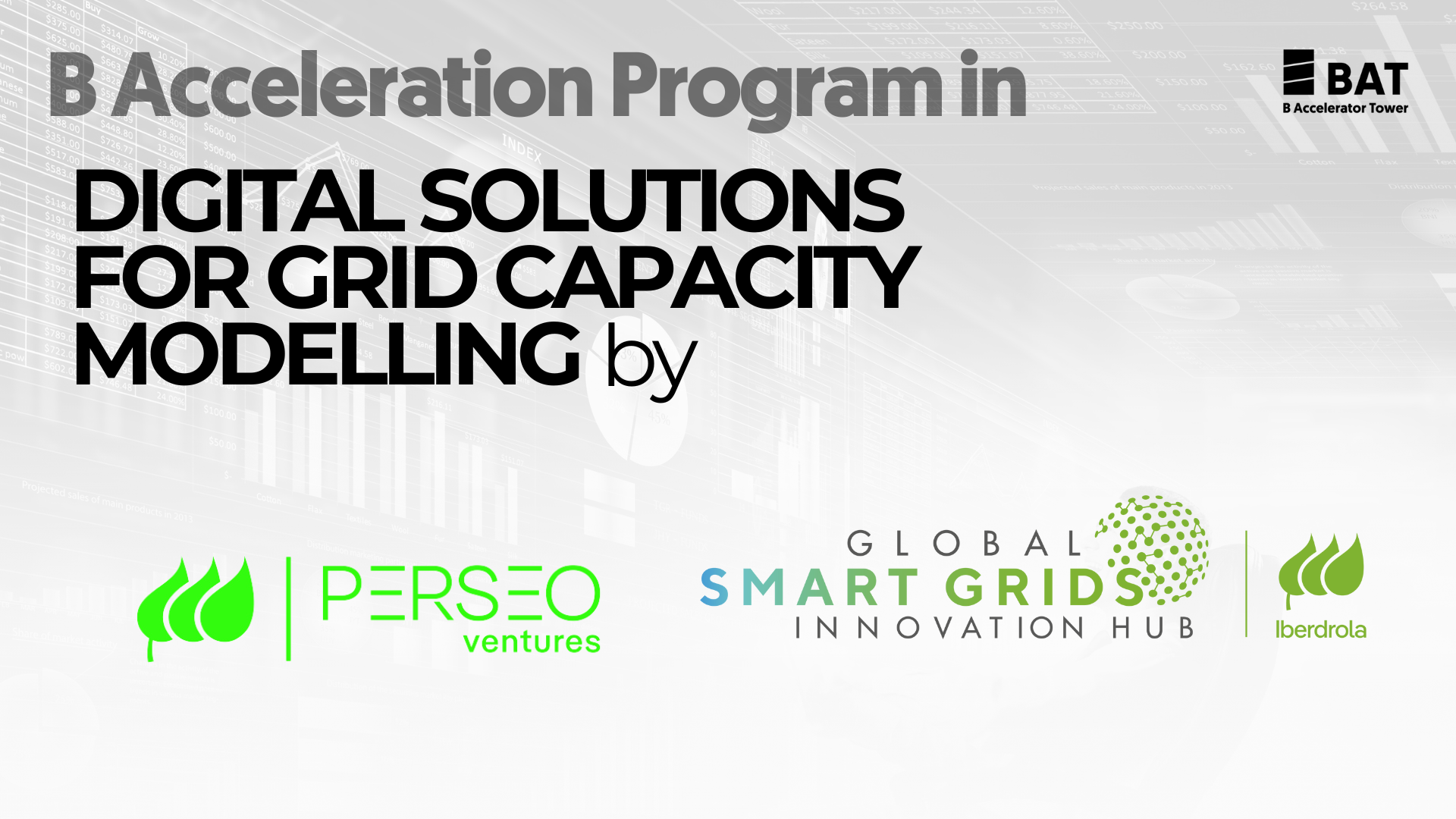● Proposing automatic learning methods or algorithms to generate and validate medium/long-term scenarios for the planning of grid needs based on expected demands with different levels of granularity, foreseeing that the data from the actual network operation will, in turn, allow the information system to be supplied in order to use predictive models.
● Application of these algorithms against current simulations, based on historical data, and simulations with predictive models, including parameterization based on existing and public economic, industrial, sustainability, administrative factors and other factors.
● Analyzing the necessary additional geo-referenced capacity of the grid with different levels of granularity, as well as the best use of existing capacity with the available flexibility.
● Identifying other relevant data that is not being captured, in addition to the current state of digitalization of the grid, which includes everything from smart meters to the control of primary and secondary substations (LV transformation centers).
● Quantifying the necessary investments in the distribution grid in the different scenarios and their probability, in terms of the necessary infrastructure and their cost, introducing a cost-benefit type assessment or analysis.
